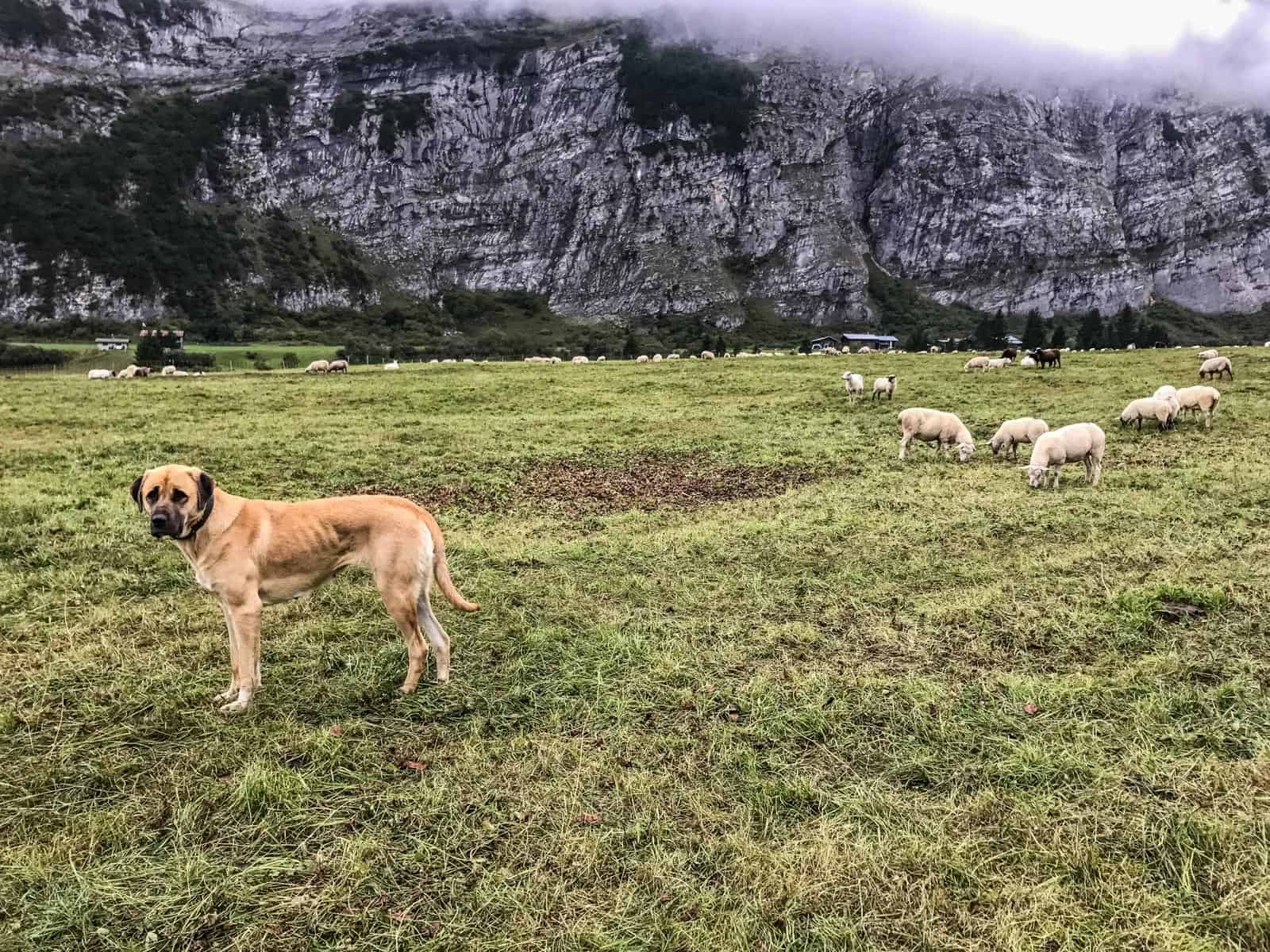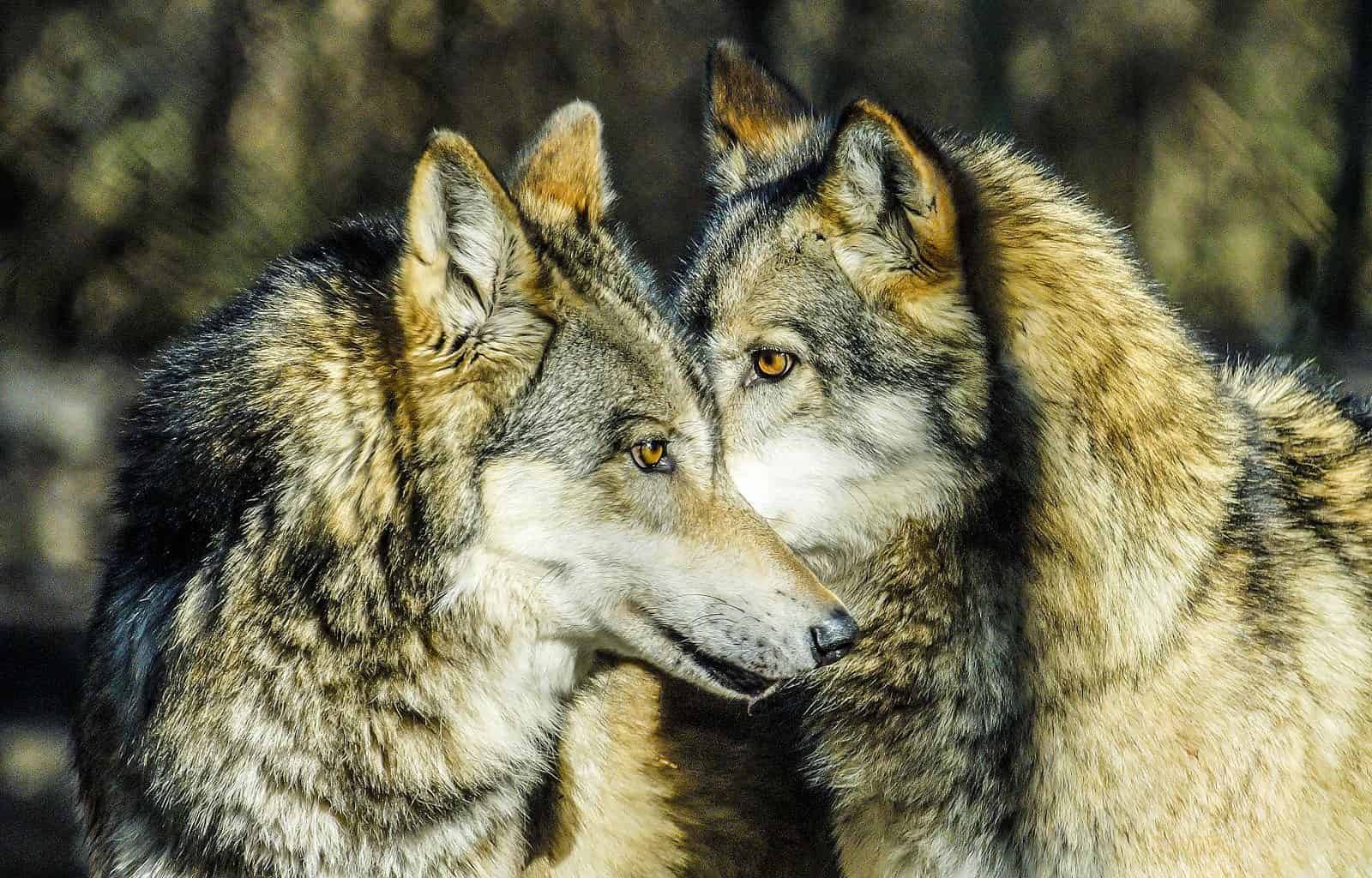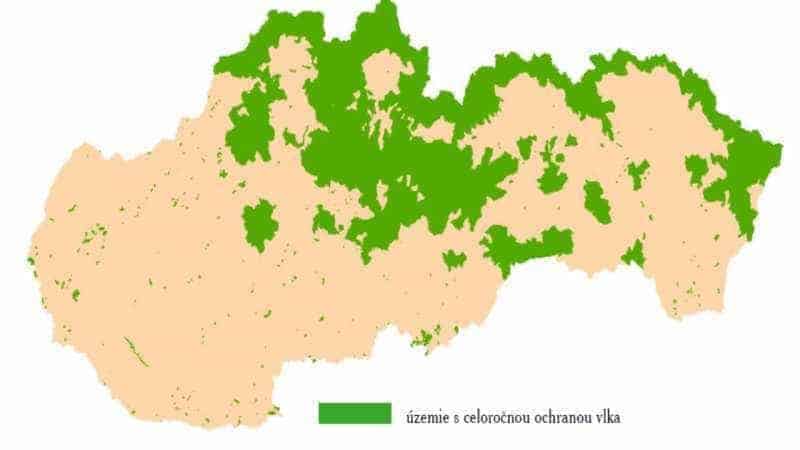Socio-economic reasons causing negative attitude towards wolves
At the recent Wolf conference of the NABU in Wolfsburg, Dr. Ketil Skogen from the Norwegian Institute of Nature Research presented a study that claims that some of the negative attitudes towards wolves actually lie in the socio-economic decline of rural region.
Please also read: WWF sues Norwegian state for killing wolves: next week in court
“Our studies have demonstrated that conflicts over wolves are social conflicts (c.f. Skogen, 2001; Skogen & Krange 2003; Figari & Skogen, 2011; Krange & Skogen, 2011) . 3 People who oppose wolf protection are often much angrier with their human adversaries than with the animals, and the conflicts reach beyond controversies over management practices. Antiwolf attitudes predominantly prevail among people who are firmly rooted in traditional land use practices and in a rural working-class culture. These attitudes are not always – or even predominantly – related to adverse material effects of wolf presence at the individual level. Granted, wolves are seen as a threat to rural lifestyles because they kill hunting dogs, reduce local moose and roe deer stocks, and cause some fear among locals. But few people have ever encountered wolves or had their dog attacked, and the effects wolves have on game populations vary a good deal (Gervasi, et al., 2012). Evidently, there are aspects of these conflicts that are not directly related to the wolves, and general development trends in rural areas constitute a key factor. Government efforts to maintain rural settlement are not as effective (or as extensive) as they once were; even rural Norway is exposed to the forces of economic modernization and globalization. The dominant narrative among people with cultural ties to the resource-based economy is one of economic decline, leading to depopulation and dismantling of private and public services (Skogen, Mauz et al. 2008; Krange & Skogen, 2011). Importantly, this happens in a time when a conservation ethos has achieved a prominent position in the public discourse, and manifests itself in practical land management. Some social groups interpret these changes in the valuation of nature as driving forces behind the decline in resource industries, and as a threat to a traditional rural lifestyle that rests on a resource economy and entails forms of outdoor recreation based on harvesting (Krange & Skogen, 2011). “
or
“Which common threats are faced by the groups that make up the anti-carnivore alliance? In a sense they find themselves in the same boat, albeit in very different ways, as people who stand to loose from urban expansion and related economic and cultural changes. We also see here an example of cultural commonality between the working class and the proper bourgeoisie; the defence of material production – and associated values – against the cultural expansion of the modern middle class, entailing, among other undesirable things, extensive nature protection based on a romantic view of nature; nature seen as delicate and vulnerable, always threatened by human activities (i.e. the activities pursued by the working class, farmers and landowners) (Skogen, 1998; 1999). Also, the new middle class may be seen as the culprit behind the mass of regulations interfering with every conceivable aspect of human existence, not least private enterprise, and here elements of working-class and ‘bourgeois’ culture tend to converge. Landowners, farmers and working-class hunters all talk about ‘our’ way of life as threatened by current carnivore management and maintain that the presence of wolves in particular is seriously disturbing the ways ‘we’ use the land. This is clearly not a simple reflection of common lifestyles and land use practices, as these are rather different. Furthermore, the ways these groups use the land may indeed come in conflict with each other, and to some extent even reflect antagonistic economic interests – as is the case with landowners who want to maximise their profits from hunting, and the local working-class hunters who have to pay for it. There are similar conflicting interests criss-crossing the social landscape between all three groups. However, cultivation of rusticity as a defence against urban expansion (physical and cultural) appears to be a common identity factor, despite cultural and economic differences. “
This leads us to think about some of the negative attitudes we are experiencing towards Wilderness. Can such a dilemma also be the underlying reason for the increasing negative attitude of rural populations towards Wilderness projects? We will pursue this topic in the next months.
More of his studies on this interesting topic can be found on this website.









